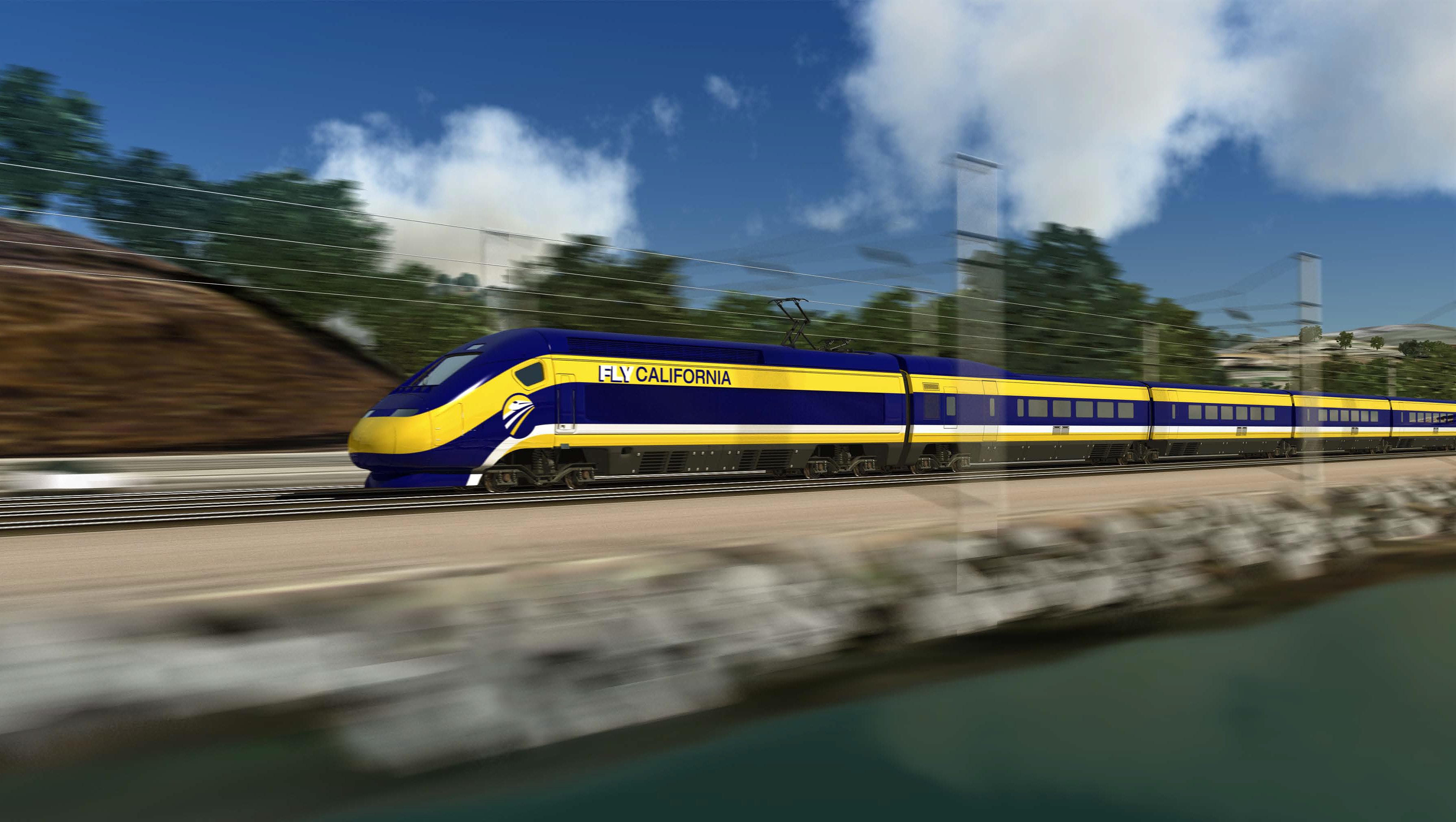By Dan Walters.
The messiest bit of unfinished business Gov. Jerry Brown will bequeath to successor Gavin Newsom is one of the outgoing governor’s pet projects, a north-south bullet train project.
One could even say it’s a hot mess, given the revelations of a new audit of the multi-billion-dollar project’s first phase.
That initial segment – 100-plus miles of track in the mostly flat, sparsely populated San Joaquin Valley, from Chowchilla to an orchard near Shafter, north of Bakersfield – was supposed to be the easiest to design and build.
However, State Auditor Elaine Howle told the Legislature that the High-Speed Rail Authority’s “flawed decision making regarding the start of high-speed rail system construction in the Central Valley and its ongoing poor contract management for a wide range of high-value contracts have contributed to billions of dollars in cost overruns for completing the system.”
Furthermore, even as costs soared, the state didn’t even come close to meeting the initial 2017 deadline for completion of the segment specified in a 2010 federal grant. Howle told legislators it also won’t meet a 2022 deadline extension “unless…construction progresses twice as fast as it has to date,” adding, “Missing the deadline could expose the state to the risk of having to pay back as much as $3.5 billion in federal funds.”
It wasn’t the first time that Howle and other independent analysts have criticized not only how the San Joaquin Valley stretch was proceeding, but the project’s biggest issue – a lack of financing to extend it north to San Francisco and south to Los Angeles.
Whenever track reaches that orchard near Shafter, the next phase is supposed to be connecting Chowchilla with San Jose by tunneling through the coastal mountains in the neighborhood of the Pacheco Pass.
In theory, getting to San Jose would allow the system to begin carrying paying passengers, because the bullet train would be “blended” with existing Caltrain service between San Jose and San Francisco that’s soon to be electrified.
However, tunneling through the mountains will be expensive and the High-Speed Rail Authority hasn’t found a source of financing, even though the system gets 25 percent of the state’s revenues from auctioning off carbon emission allowances through the “cap-and-trade” system.
Moreover, “blending” the bullet train with Caltrain and other commuter rail systems in Southern California would, as Howle points out, inevitably slow high-speed service. That, in turn, would it make it nearly impossible to meet the 160-minute standard for trips between San Francisco and Los Angeles specified in the $9.95 billion state bond issue approved by voters more than a decade ago.
So that’s the situation that Newsom will inherit next month. It’s more than likely that the 2022 deadline for the San Joaquin segment won’t be met either, exposing the state to federal sanctions. But even were it met, it would be a train to nowhere unless some way is found to extend it further, embarrassing every politician involved with it.
“We need to make some changes and we need to make them now,” Sen. Jim Beall, a San Jose Democrat who chairs the Senate Transportation and Housing Committee, said during a hearing last week on Howle’s sharply critical findings.
The need for a bullet train has never been adequately proven and its political cheerleaders have lowballed its costs from the onset, as Howle’s audit demonstrates anew.
Newsom has expressed some skepticism about the project’s viability in the past. However, he will own this managerial mess on Jan. 7 and it could easily become a white elephant on his watch.
[divider] [/divider]





